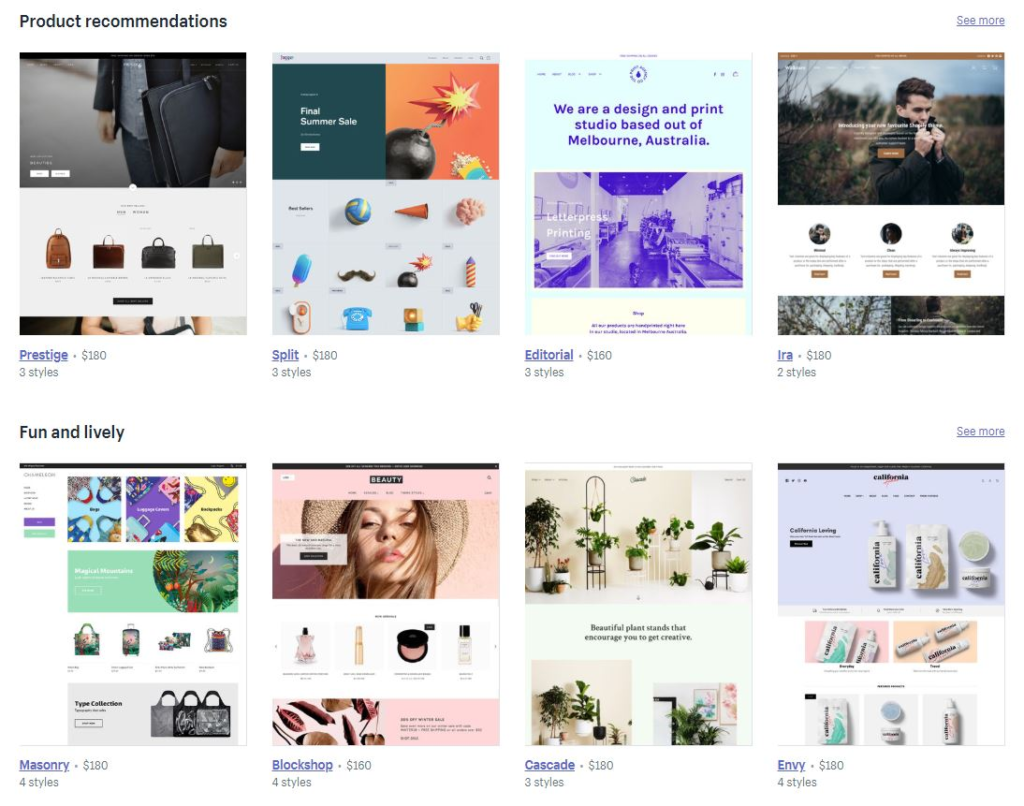How to write Hook that Hijacks Costumer Attention !!
In today’s fast-paced digital world, capturing the attention of your audience has become more challenging than ever. With countless messages bombarding consumers daily, it’s essential to have a powerful tool that can cut through the noise and make an immediate impact. That’s where hook writing comes in. A well-crafted hook can captivate your audience, pique their curiosity, and entice them to delve deeper into your content. In this blog, we’ll explore the art of hook writing and provide practical tips to help you stay ahead of the curve in 2023. What is Hook? Hooks refer to attention-grabbing elements or techniques used at the beginning of a piece of content or copy to capture the reader’s or viewer’s interest and entice them to continue reading or watching. The purpose of hooks in content and copy is to: 1. Capture attention: Hooks are meant to immediately grab the reader’s or viewer’s attention. 2. Generate interest: Hooks aim to pique the audience’s interest in the topic or subject matter being presented. 3. Establish relevance: Hooks should establish why the content or copy is relevant to the audience. 4. Create an emotional connection: Hooks often tap into the emotions of the audience, aiming to evoke curiosity, excitement, surprise, or other feelings that resonate with them. 5. Set the tone and style: Hooks can also establish the tone and style of the content or copy. They can convey a sense of humor, urgency, authority, or any other desired tone. Effective hooks are concise, clear, and compelling. They can take various forms, such as a thought-provoking question, a captivating story, a bold statement, a surprising statistic, or a compelling headline. Types of Hooks: a. Intriguing Question or Statement: Craft a thought-provoking question or statement that addresses a pain point or challenge your audience faces. For example, “Are You Making These Costly Mistakes in Your Marketing Strategy?” This type of hook sparks curiosity and entices readers to find out more. b. Storytelling: Utilize the power of storytelling to create an emotional connection with your audience. Share a compelling narrative that resonates with their experiences and aspirations. For instance, “From Struggling Entrepreneur to Million-Dollar Success: The Inspiring Journey of John Smith.” Storytelling hooks have the ability to captivate and engage readers on an emotional level. c. Shocking Statistic or Fact: Grab your audience’s attention with a surprising statistic or fact related to your industry or topic. For instance, “90% of Businesses Fail within the First Year: Here’s How to Beat the Odds.” This type of hook immediately intrigues readers and emphasizes the need for your solution. d. Personalized Approach: Tailor your hook to a specific target audience, addressing their unique needs or characteristics. For example, “Attention, Working Moms: Discover the Time-Management Secrets You’ve Been Missing.” Personalized hooks establish a connection with your audience and demonstrate that you understand their specific challenges. e. Benefit-Oriented Hook: Highlight the immediate benefits your product or service offers. For instance, “Double Your Productivity in Just One Week: The Ultimate Guide.” This type of hook appeals to readers who are seeking tangible outcomes and want to see results quickly. Here are some key platforms where hooks can be effective: Hooks can be used in various marketing and communication channels to capture the attention of your audience. Here are some key platforms where hooks can be effective: 1. Website Landing Pages: Hooks on landing pages are essential for enticing visitors to explore further, sign up for a service, or make a purchase. They should be placed prominently at the top of the page to immediately engage visitors and encourage them to continue scrolling. 2. Blog Posts and Articles: Begin your blog posts and articles with a compelling hook to grab readers’ attention and entice them to read the entire piece. Hooks in this context are particularly important as they determine whether readers will stay on your page or navigate away. 3. Email Marketing: The subject line of your emails serves as a hook to encourage recipients to open and engage with your message. Craft attention-grabbing subject lines that make readers curious or highlight the benefits they’ll gain from opening your email. Want to 4X your Sales via an Email Marketing Campaign? Here is a 2023 Guide to Email Marketing: How to Build a Successful Campaign from Scratch 4. Social Media Posts: Hooks play a crucial role in capturing the attention of social media users, who are often scrolling through their feeds quickly. Start your posts with an intriguing statement, question, or statistic that entices users to click, comment, or share. 5. Video Content: Begin your videos with a compelling hook to captivate viewers and keep them engaged. Hooks in video content can be presented as an intriguing introduction, a captivating story, or a surprising statement to instantly grab attention. Learn how to Generate videos for your marketing campaign using AI. Here are 8 Best AI Video Editor Software Tools Use to save your Time & Effort 6. Advertising Campaigns: Hooks are vital in advertising campaigns, where you have limited time or space to capture the audience’s attention. Craft hooks for headlines, taglines, or ad copy that quickly convey the unique value or benefits of your product or service. 7. Presentations and Speeches: Start your presentations or speeches with a strong hook that immediately captures the audience’s interest. It could be a relevant anecdote, a startling fact, or a thought-provoking question to make an impactful first impression. By strategically using hooks in these various channels, you can maximize your chances of capturing and retaining the attention of your target audience. Here is Step-by-Step Guide to Mastering Hook Writing in 2023: 1. Define Your Audience: Conduct thorough market research to identify your target audience’s demographics, preferences, pain points, and aspirations. ✔️ Good Example: “Attention, Pet Lovers: Discover the Secret to a Happier and Healthier Furry Friend!” In this example, the hook directly addresses the target audience (pet lovers) and promises a solution (the secret to a happier and healthier pet). It taps into the emotions and
How to write Hook that Hijacks Costumer Attention !! Read More »









![Amazon Marketing Services [AMS] to Boost E-comm. Sales](https://insightusdigital.com/wp-content/uploads/2023/04/image-113.png)

